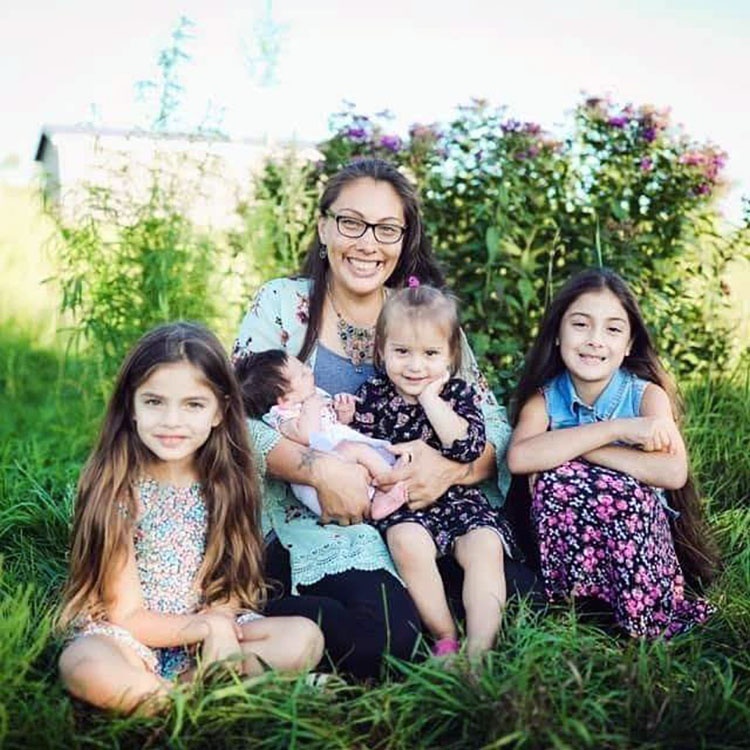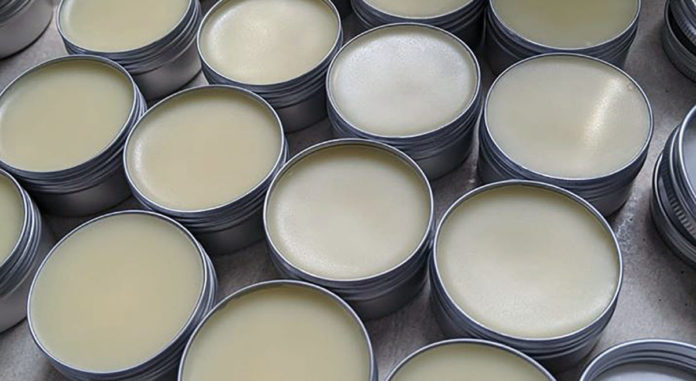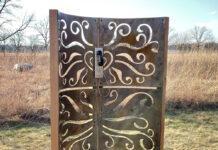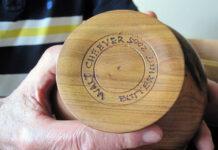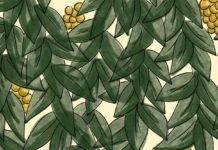It’s a warm summer morning, and Megan Schnitker is on a mission in her Mankato backyard. She’s foraging for plants to use in everything from deodorant bars to pain salves. Schnitker has been making medicinal and self-care products in her kitchen for years, using the knowledge she learned from the elders of her tribe, the Rosebud Sioux Tribe from South Dakota.
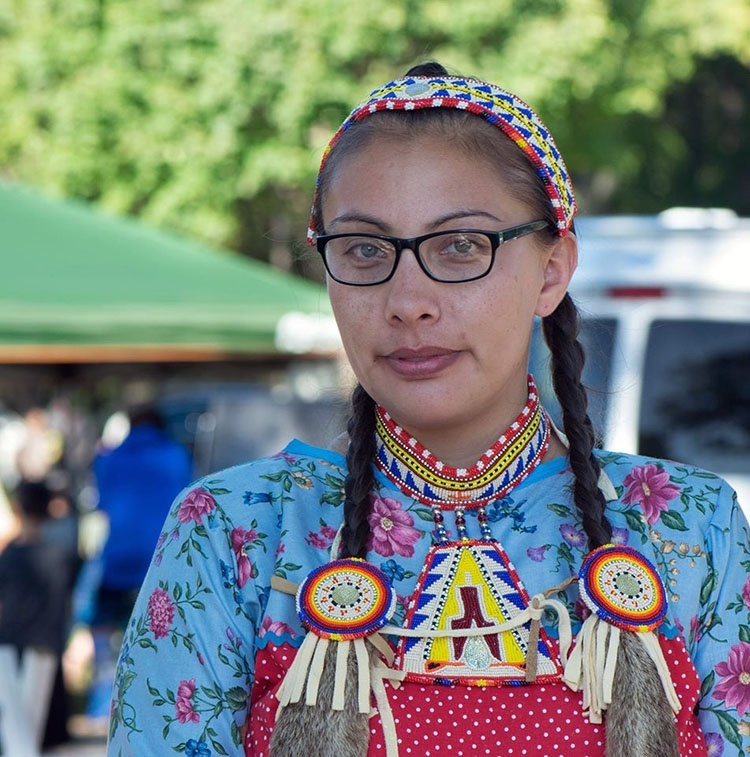
Schnitker’s eight-year-old daughter dashes in front of her, plucking different plants and bringing them back with the same questions every time, “Can we pick this? Is it ready? Can we eat it?”
Patiently, Schnitker helps her daughter identify the different plants in their yard, pointing out their different properties. The elderberries she harvests can be used for everything from swollen sinuses to constipation, while she picks mullein for chest congestion. Horehound can soothe sore throats, while star anise is used to treat coughs and alleviate cramps.
While Schnitker first started out making products just for her own family, she decided to start offering them to others in the Mankato community, and Lakota Made was born. Through her small business, she sells soaps, lotions, salves, dish soap, tonics, shampoo bars, sunscreen, lip balm, honey and teas. In only a few years, Lakota Made has become her family’s main source of income as her products become more and more popular.
But for Schnitker, the best part of her business is simply being able to share her heritage with others.
“It’s given me the opportunity to meet lots and lots of amazing people [and] teach more about my Lakota history and culture to people that I never thought would be interested in learning,” she said.
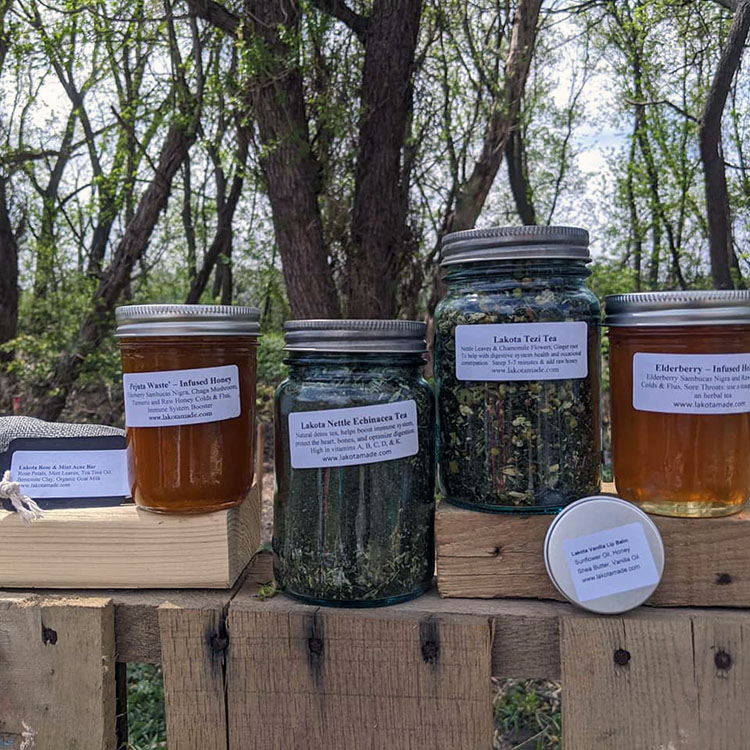
Centuries of Tradition
Schnitker grew up in Milks Camp, a rural community in South Dakota, next to the Rosebud Reservation. Her father, Charles Wayne Bull Bear, was a hereditary chief of a nearby Lakota tribe, and Schnitker—who also uses the name Many War Bonnets Woman—said she grew up in a traditional Lakota culture.
“My parents always [were] a strong foundation for me… providing me with Lakota teachings and traditions growing up,” she stated.
It’s given me the opportunity to meet lots and lots of amazing people [and] teach more about my Lakota history and culture to people that I never thought would be interested in learning.Megan Schnitker
Schnitker started learning about plants and their uses when she was only around four or five, learning much of the information from her uncle. She and her cousins often spent hours outside every day on their grandma’s farm during the summer, and her uncle would share about how to use different plants they found.
“We were playing in the hay, and my uncle [said], ‘This plant, you can eat… This is what you do with this plant,’” she recalled. “That was my first exposure to plant medicine.”
A few years later, Schnitker met her great-grandmother, who taught her more about plant medicine—although the conversation was stilted, because her great-grandmother only spoke Lakota and Schnitker didn’t know much of the language. Still, for the next few years, her great-mother shared stories about plants’ places in Lakota history and tradition, and Schnitker cherished them.
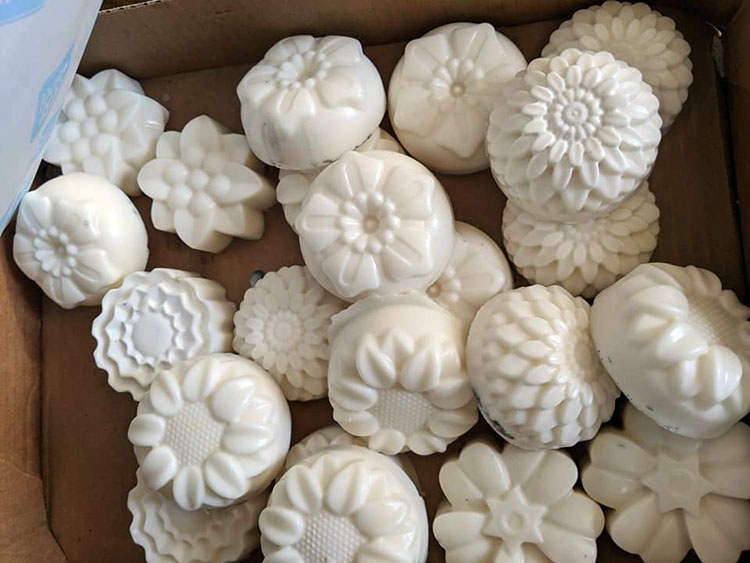
Schnitker continued to learn through her own research efforts, ranging from books to YouTube videos to a class at Sinte Gleska University in Mission, South Dakota. But one of the best resources came from her tribe’s elders, who shared their own stories.
“The huge interest [in plants] part comes from my childhood, and a huge chunk of it was me listening to elders who were around and teaching youth other things,” Schnitker said.
She started making her own plant salves around 2002, branching into teas and tonics next. Along the way, she moved to Mankato in 2015 after being invited by another uncle to give a presentation on plant medicines at the annual Wacipi (or powwow). She met her husband, Ethan, while she was in the area and decided to move over for good.
Weeds and Jars
According to Schnitker, it was her husband who suggested she dive more into her passion for medicinal plants. At the time, she was a stay-at-home mom to their six daughters while he worked full time. While she continued to make products at home for her family, she considered it simply a fun hobby—until her husband encouraged her to make something more out of it.
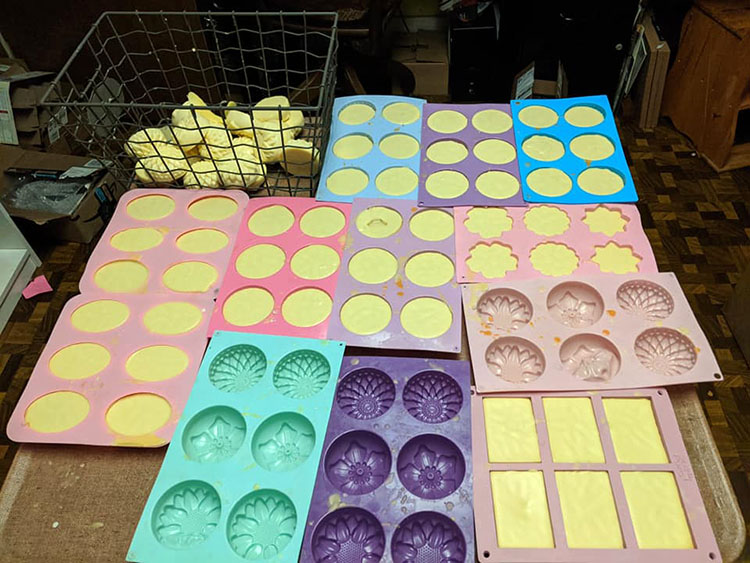
“My husband said, ‘Well, why don’t you sell the stuff you make?’” she recalled. “I joked back that nobody would buy my weeds and jars… That’s weird. Nobody’s interested in what I make or interested in learning about plants.”
But Schnitker decided to look into the possibility of her own business, starting by creating a simple Facebook page and moving on to include vendor events. As demand for her products picked up, she began working with the Small Business Development Center to grow her business.
It’s just kind of testing to see which products people are interested in. Plant medicine is never ending, because there are so many plants out there and you can do so many combinations.Megan Schnitker
While Schnitker began by offering only a few salves and soaps, she quickly expanded her available products. Last year, she and her kids foraged more than 100 pounds of elderberry. While she planned to use the berries mostly for her family, the few bunches that she made available on her website sold out within a day, prompting her to continue offering more. She’s also working to include more eco-friendly home products such as dish soap.
“It’s just kind of testing to see which products people are interested in,” she said, adding that she’s constantly “evolving” her products like when she tries out different tea mixtures. “Plant medicine is never ending, because there are so many plants out there and you can do so many combinations. I’ll always be adding.”
When it comes to making the products, Schnitker said that the time involved depends on what she’s doing. For salves, it takes her about 15-20 hours to forage for plants, dry them and prepare them. Meanwhile, teas only take about 12-15 hours, but tonics can take more than 35 hours of work. Her infused honeys take at least 10 days, just for the medicine to soak into the honey completely, and soaps take about 6-8 weeks.
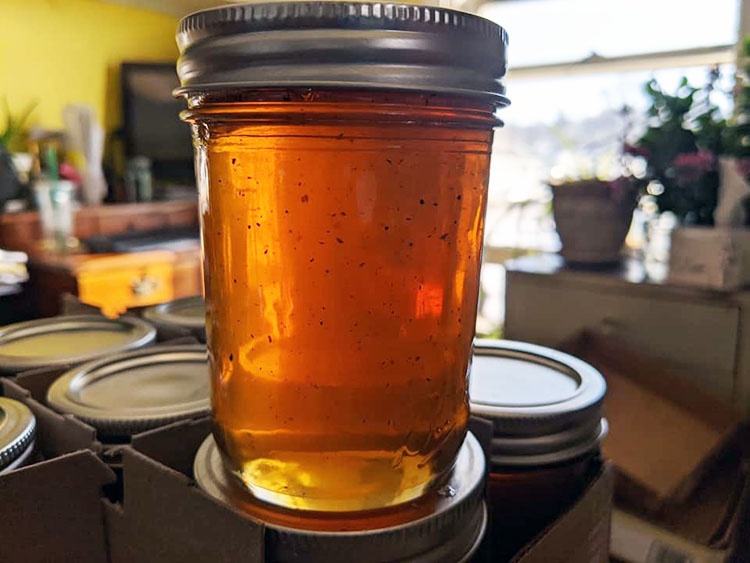
“Sometimes, I make a batch, and it doesn’t turn out the way I want to,” she said, adding that she has a lot of “home soap” that comes from rejected products. “I don’t sell anything that I don’t like or that I don’t think turned out.”
She added that she can find much of what she needs in her backyard, but she also forages in public land around the Mankato area.
“[In] Mankato, we really don’t have to go too far to find the plants that we use,” she said.
Sharing Her Heritage
For Schnitker, selling her products isn’t the end goal; it’s sharing her heritage with her community. She explained that when she first moved to Mankato, she wasn’t sure about how she would be accepted, given the area’s bloody history.
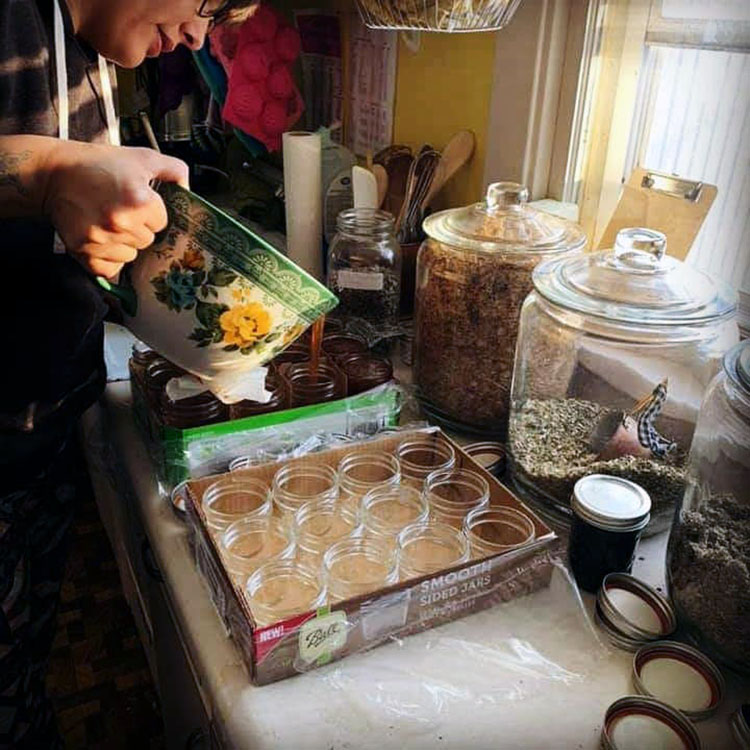
“Mankato has a pretty dark history, and a lot of Indigenous people try to avoid Mankato because of that history,” she said. “I was expecting to meet some sort of resistance toward who I am as a person, but I never found that. What I found was an amazing, open-minded community that was accepting of all people.”
However, while Schnitker found the Mankato community welcoming, she said there was still a basic lack of education about its Indigenous history. She recalled how her daughter came home crying from kindergarten a few years ago because no one in her class believed that Lakota people were actually real.
I was expecting to meet some sort of resistance toward who I am as a person, but I never found that. What I found was an amazing, open-minded community that was accepting of all people.Megan Schnitker
“That really broke my heart,” she said. “So I started creating classes through the Community and Living Earth Center… teaching Lakota history and culture.”
Since that time, she has offered classes on everything from medicinal plants to Lakota history, teaching at places such as Rock Bend Alternative Learning Center in St. Peter and the Blue Earth County Historical Society. She’s also become involved in the Mahkato Wacipi committee and the Indigenous Peoples Day Committee, as well as giving presentations at MSU-Mankato several times and even speaking at the 2020 Gustavus Adolphus Womxn of Color Summit.
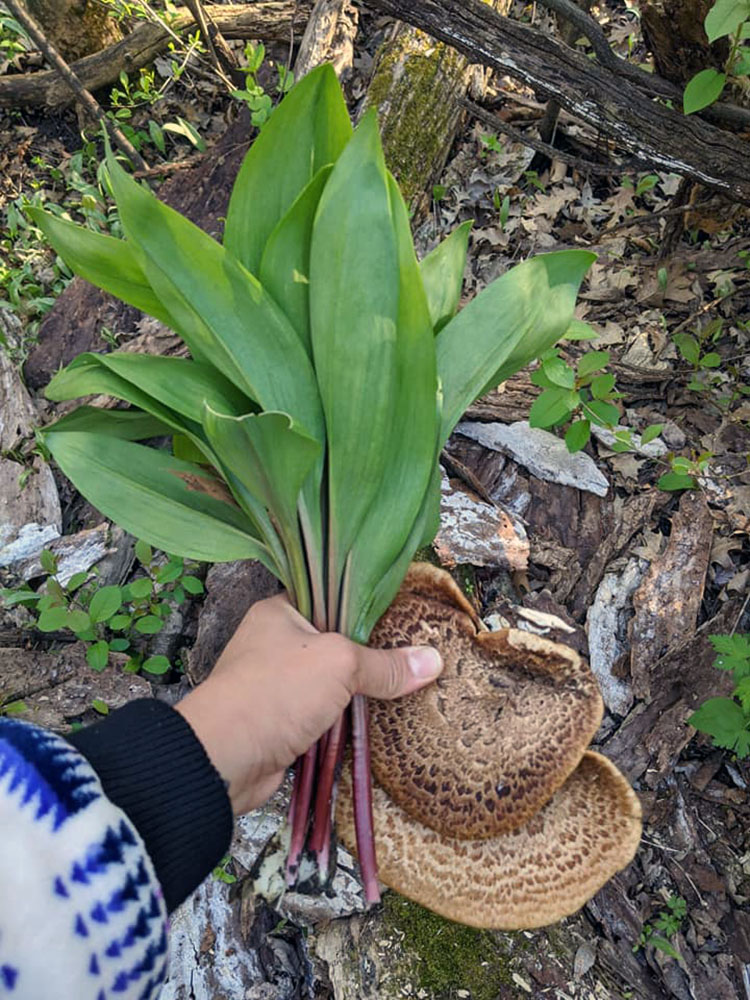
Schnitker took her passion a step farther in 2018 when she started the Mahkato Revitalization Project, which offers youth programs, adult learning and community learning opportunities. The project advocates for Native American history and culture through arts and education. Classes range from beginner beading to traditional Lakota regalia.
“I wanted to do a revitalization of Indigenous culture here in Mankato,” she explained, adding that more than 1,000 people have attended her classes since she began the project. “The community has been incredibly accepting of it.”
Schnitker’s classes tend to cost around $10-15 per session, and her most popular class is her plant medicine course, which she offers twice a month. While she’s currently hosting online classes because of the COVID-19 situation, she recently set up a partnership with Vagabond Village to host $5 drop-in classes, which will resume when it’s possible.
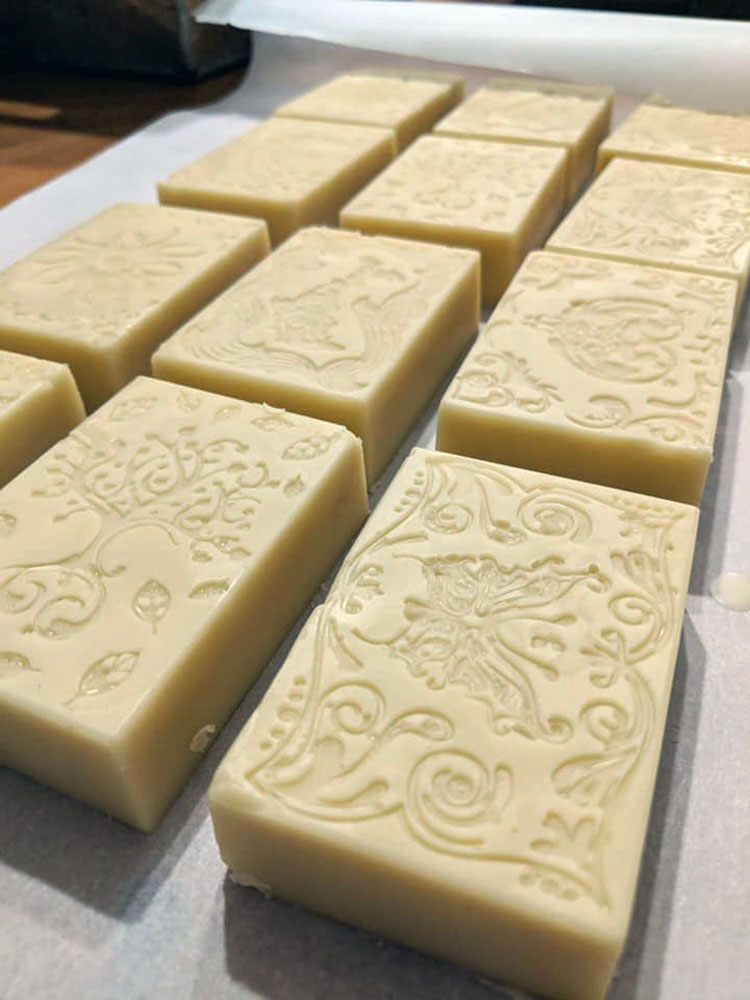
Her ultimate goal for the Mahkato Revitalization Project is to create a cultural education center in Mankato to highlight the history and traditions of all the people who call Mankato home, not just Indigenous people.
“It’s about everyone who’s from this community,” she said. “I don’t know anything about my Norwegian, Somali or Dutch neighbors… As a community, I think that we should all have a safe and inviting place where we can learn about each other and our cultures.”
Related Stories
For More Information
- Website: https://www.lakotamade.com/
- Facebook page: Lakota Made
- Revitalization info: Mahkato Revitalization Project
- Email: schnitkermegan@gmail.com
